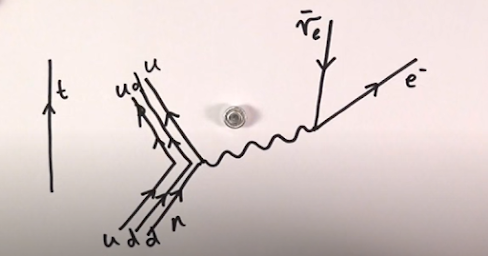Discover More: Cosmic physics mimicked on table-top as graphene enables Schwinger effect
Cosmic physics mimicked
on table-top as
graphene enables the
Schwinger effect
Date Posted: 1st February 2022
Researchers have succeeded in observing the so-called Schwinger effect, The Schwinger effect is a predicted physical phenomenon whereby matter is created by a strong electric field. It is a prediction of quantum electrodynamics (QED) in which electron-positron pairs are spontaneously created in the presence of an electric field, thereby causing the decay of the electric field. By applying high currents through specially designed graphene-based devices, the team succeeded in producing particle-antiparticle pairs from a vacuum.
A vacuum is assumed to be a completely empty space, without any matter or elementary particles. However, it was predicted by Nobel laureate Julian Schwinger 70 years ago that intense electric or magnetic fields can break down the vacuum and spontaneously create elementary particles.
Now the research team—led by another Nobel laureate, Prof Sir Andre Geim in collaboration with colleagues from UK, Spain, US and Japan—has used graphene to mimic the Schwinger production of electron and positron pairs.
In January 2022 issue of Science, they report specially designed devices such as narrow constrictions and superlattices made from graphene, which allowed the researchers to achieve exceptionally strong electric fields in a simple, table-top setup. Spontaneous production of electron and hole pairs was clearly observed (holes are a solid-state analogue of positrons) and the process' details agreed well with theoretical predictions.
Source: University of Manchester
Read More: Click here! (Science Daily)
Citation:
University of Manchester. (2022, January 27). Cosmic physics mimicked on table-top as graphene enables Schwinger effect. ScienceDaily. Retrieved January 31, 2022 from www.sciencedaily.com/releases/2022/01/220127141542.htm
University of Manchester. (2022, January 27). Cosmic physics mimicked on table-top as graphene enables Schwinger effect. ScienceDaily. Retrieved January 31, 2022 from www.sciencedaily.com/releases/2022/01/220127141542.htm


Comments
Post a Comment